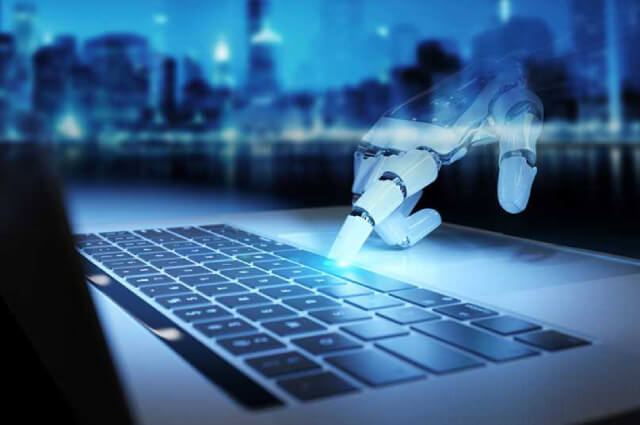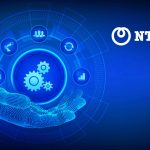As you know, to make essential decisions, businesses will rely on analyzing the data they have during their work. All the current and past data will be the premise for new projects in the future.
Therefore, those data need to have precise processing orientations to rely on them to create crucial strategic leverage.
One of the tools used by many businesses to support data analysis and processing today is Robotic Process Automation. The following article by WinActor Support will help you better understand how to drive RPA in making data-driven decisions.
Is Robotic Process Automation a software robot?
Robotic Process Automation is a software robot specializing in repetitive, fixed logic tasks. It works entirely on the computer and works directly with the user interface.
Therefore, the technical staff can easily program software robots to work. They don’t need to have too much experience in IT to deploy RPA efficiently.
Currently, RPA works on a fixed server, but it can work effectively on a large server and platform. This bots system can flexibly integrate with other technologies to create a complete process system. Almost, you won’t encounter any exceptions with process automation robots.
The Outstanding Advantages Of RPA Bot
Robotic Process Automation is a technological robot with many outstanding advantages over other technologies. It can create more breakthroughs in process automation and effectively solve the problems of optimizing huge workloads of enterprises.
- The first outstanding advantage that WinActor Support will introduce to you is the ability and speed of RPA. Currently, Robotic Process Automation can take on many positions in various fields. It allows businesses to apply effectively in office work: data entry, invoice processing, report generation, customer care support. Moreover, the speed of processing these jobs of RPA is many times faster than humans. And businesses can take advantage of RPA whenever they need to. It is capable of meeting the working time of 24/7 without rest. From there, production and business activities will be continuous, ensuring effective labor productivity.
- Besides, in addition to working speed, RPA can work accurately. You won’t be sure that your employees process the data correctly, but with RPA, you can be sure. Because the entire process of employees will be memorized by RPA and repeated according to those actions. Therefore, there will be no errors or exceptions for software robot. Therefore, now many businesses have applied RPA in data processing and analysis.
- Another advantage of RPA that you cannot ignore is its ability to extend and adapt to legacy operations effectively. In essence, software robots are not fixed systems. It can be dynamically updated and renewed as needed. Therefore, as the workload increases, businesses can easily upgrade the bots to meet the need of solving work fully. In addition, when companies have orientations to integrate RPA for legacy activities, they can be assured of that choice. Because RPA can adapt to legacy systems without any exceptions flexibly.
Is RPA The Same As AI?
Many of us often mistake RPA for AI. Although RPA can aggregate and analyze data automatically, it is not the same as AI.
It is not as creative as AI. All operations of the software robot need to be pre-programed. RPA strictly follows the process during operation, and there will be no automatic changes when working.

How To Use RPA In Data-Driven Decision Making Automation
Collecting Data
Data collection is one of the critical stages in data-driven decision-making. Today, businesses will need to rely on different data sources to make an essential decision because internal data is insufficient and lacks generality.
Therefore, companies will need to collect more data from many sources: competitors, websites, social networks. These tasks often take a lot of time and effort of employees.
To reduce the pressure on employees, many businesses have chosen RPA solutions. RPA will provide superior data collection capabilities to employees. It can quickly draw data from web pages to collect and extract data.
At the same time, the software robot will identify the data source fields, gather the necessary information, and assign them to export to another file.
Furthermore, the robotic process automation system can also collect interaction data in traditional social apps at specific time intervals and share updates with you. The bots will not face any time and quota restrictions during the entire data collection process.
Creating Reports
After having all the necessary data, businesses need to set up reports. This work is equally essential as information gathering because companies will need to re-systematize analytical data into accounts for the most convenience in analysis.
To support this work, businesses can use analytical RPA. Specifically, RPA will automate the report generation process.
It can aggregate and analyze daily data hourly and generate influential daily, weekly, quarterly reports. Businesses can rely on these highly accurate reports to make essential strategies.
At the same time, all report will be displayed directly on the data screen. Enterprises can extract that report anytime they need without any difficulty. These reports will be saved in the central system and the data, ensuring extremely high security during circulation in the internal design. You will not need to worry too much about information leakage with RPA.
Conclusion
Hopefully, this article will help you better understand the importance of Robotic Process Automation in making data-driven decisions. We all know that data is a significant factor in business development. Therefore, the application of intelligent technology like RPA will be a lever that will substantially impact the informed decisions of businesses in the future.

WinActor is an RPA software solution by NTT DATA Corporation to help businesses master technology, create breakthroughs in the digital age 4.0.




